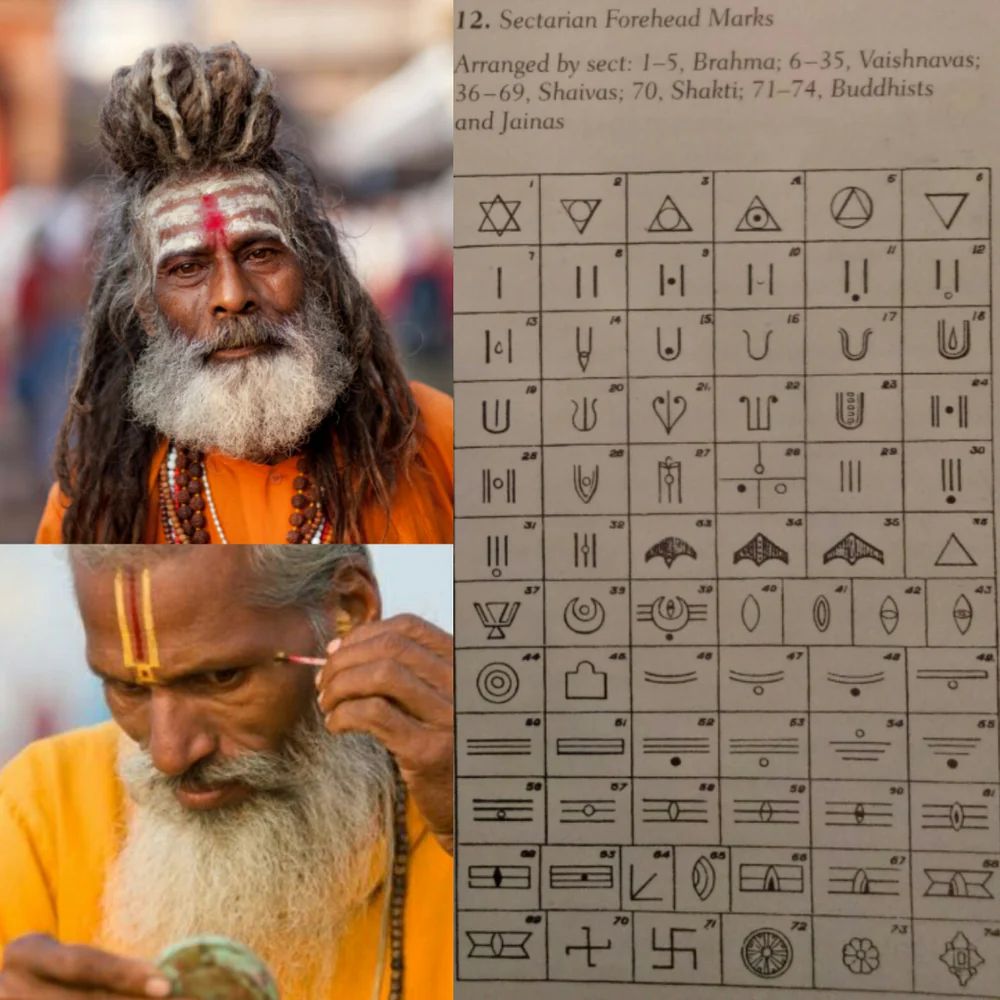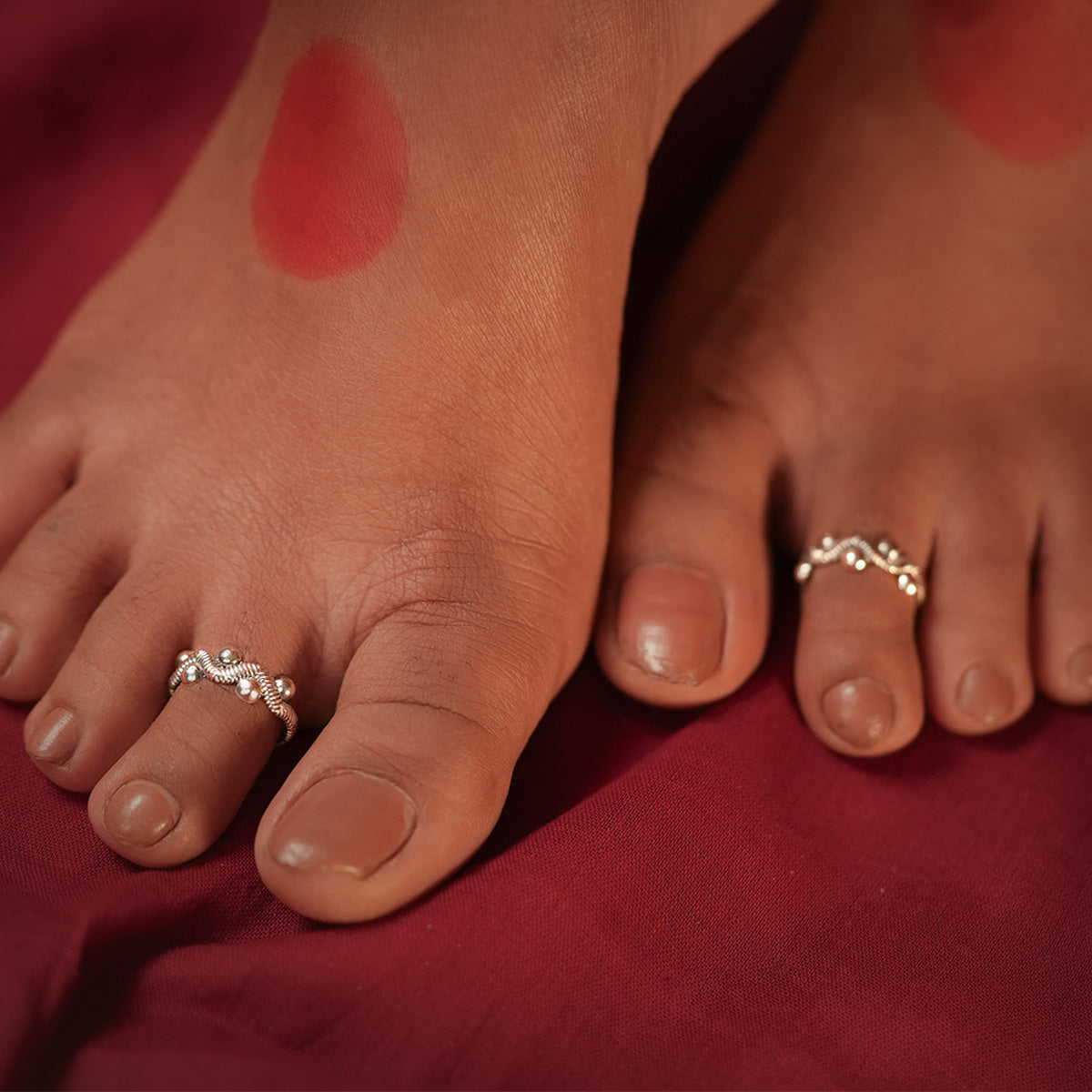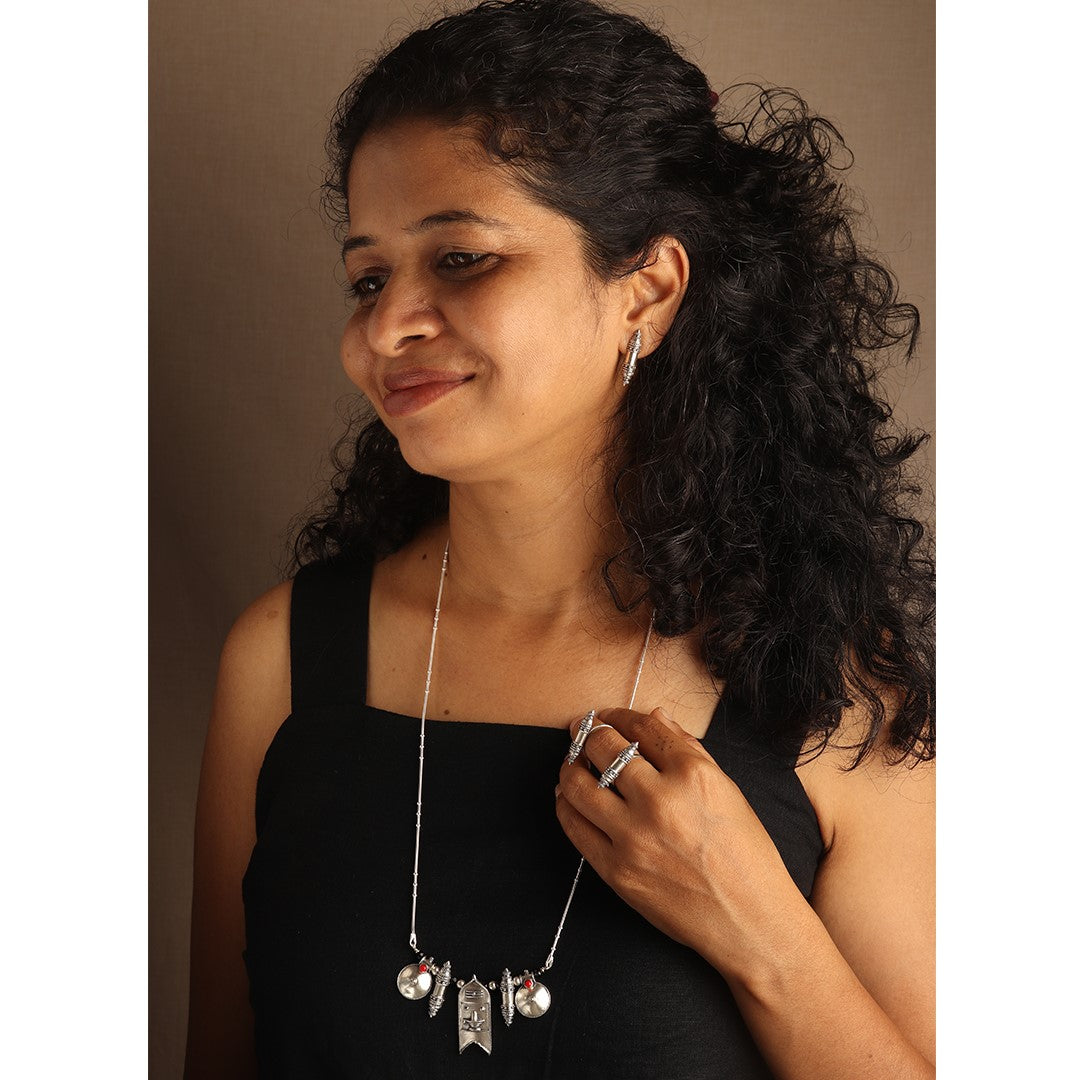A "Sectarian forehead mark" refers to a mark applied on the forehead that signifies a person's affiliation with a specific sect, with different patterns and designs indicating which deity or lineage they follow; essentially, it's a visual marker of religious belonging within a diverse tradition.
Tika, Tilaka or Bindi are the words commonly used to designate the various markings.
These Forehead marks or ‘Tilaks’ play a role in identifying one’s identity in various sectarian traditions in India.
I. Position : Tilak is placed on the forehead between the eyebrows where the ‘ajna chakra’ is located.
These markings are distinct and the tiny variations among each are said to enable differentiation between sects. One can simply gain knowledge about the sect of a person simply by looking at their forehead marks. These markings are very prominent among the orthodox Hindus due to their above-mentioned cause, especially in the southern region of India where these practices are followed on a daily basis.
II. Variations : Different Hindu denominations use different materials and shapes to make the tilaka.
Vaishnavites - Vaishnavas (worshippers of Vishnu) usually apply tilak using sandalwood, clay, or a mixture of both, in two vertical lines, which connect near the bridge of the nose to form a “U” shape called ‘urdhva pundra’ (ऊर्ध्वपुण्ड्र).The style of the ‘urdhva pundra’ varies in each vaishnavite sect throughout India and can be made with sandalwood paste or various other materials.
Shaivites- Shaivites (worshippers of Shiva), smear their foreheads with three horizontal lines of vibhuti, a sacred white ash that acts as a reminder of the temporary nature of the material world. Made of the burnt dried wood from Hindu fire rituals, the three lines of vibhuti are called ‘tripundra’ (त्रिपुण्ड्र ). Tripudra is also frequently worn with a dot made of kumkum (a powdered red turmeric) in the center, symbolizing the creative and energetic force of the Divine known as the Goddess Shakti.
At Moha by Geetanjali, we have made genuine efforts to transform the spirituality and essence of Tripundra into wearable art. Few of our pieces like Sadashiv Silver Taali, Bhawa Silver Earrings, Vibhuti Silver Bugadi, Shakti Silver Taali, Shiva Charms Necklace have successfully captivated it.
Shakta - A "Shakt" refers to a follower of the Hindu Goddess Shakti (Devi), and their typical "tilak" is a single red dot or a vertical red line applied on the forehead, usually made with kumkum, symbolizing the divine feminine energy and power of the Goddess.
III. Composition :
Indian Hindus have been using a large variety of materials in order to mark their foreheads.
They are usually made with a paste of sandalwood, ash, turmeric or vermilion. Sometimes musk,saffron, lampblack (kajal), mud or specific flower paste are also used to mark Tilak. Some of the significant compositions are..
Bhasma- Shaivites generally use Bhasma to mark Triprundra,which is made up of ashes made from vegetable, mineral ashes, ashes obtained by burning cow-dung cakes (by burning them in a special type of sacrificial fire). These ashes are then mixed with various other substances like cow’s milk, gum and water and moulded into a ball shape.Later it is mixed with water or Gomutra to make usable paste. This very powder is also used to clean devotional and ritual metal objects.
Ashtagandha - Which is a mixture of eight different ingredients offered to different deities Shiva, Vishnu, Shakti and Ganesha. Chandana (Sandalwood) and Aloe are common in all variations. Other ingredients may include Camphor, Kumkuma, Saffron, Flower paste, red sandalwood, musk,Yellow Ocher etc.
Navagraha Tilak -This Tilak uses nine different colours, each of which stands for a planet or celestial body. This Tilak is worn in order to supposedly invoke the protection and blessings of the planets.
Gopi Tilak - Pure white clay has also been reported to have been used. The clay is specially sourced from Gujarat from a pool at Dwarka.
Yellow ocher - is sourced from the bank of the Ganges from Haridwar. This very material is said to be subjected to its higher oxidation state which gives it its unique red colour, known as red ocher. Both are also widely used in order to create forehead marks.
Conclusion :
Though Tilak is obviously a Hindu custom, you do not have to be an adherent of Hinduism in order to wear it. Like most practices within the faith, anyone and everyone is welcome to participate. Engaging in such a practice, however, should not be done trivially. It’s important to remember that tilak is not only sacred, but when you wear it, you’re representing an entire spiritual lineage. It’s best if one understands the symbolism and profound meaning behind a particular tilak before donning it in public.
Image - https://www.thehinduportal.com/



